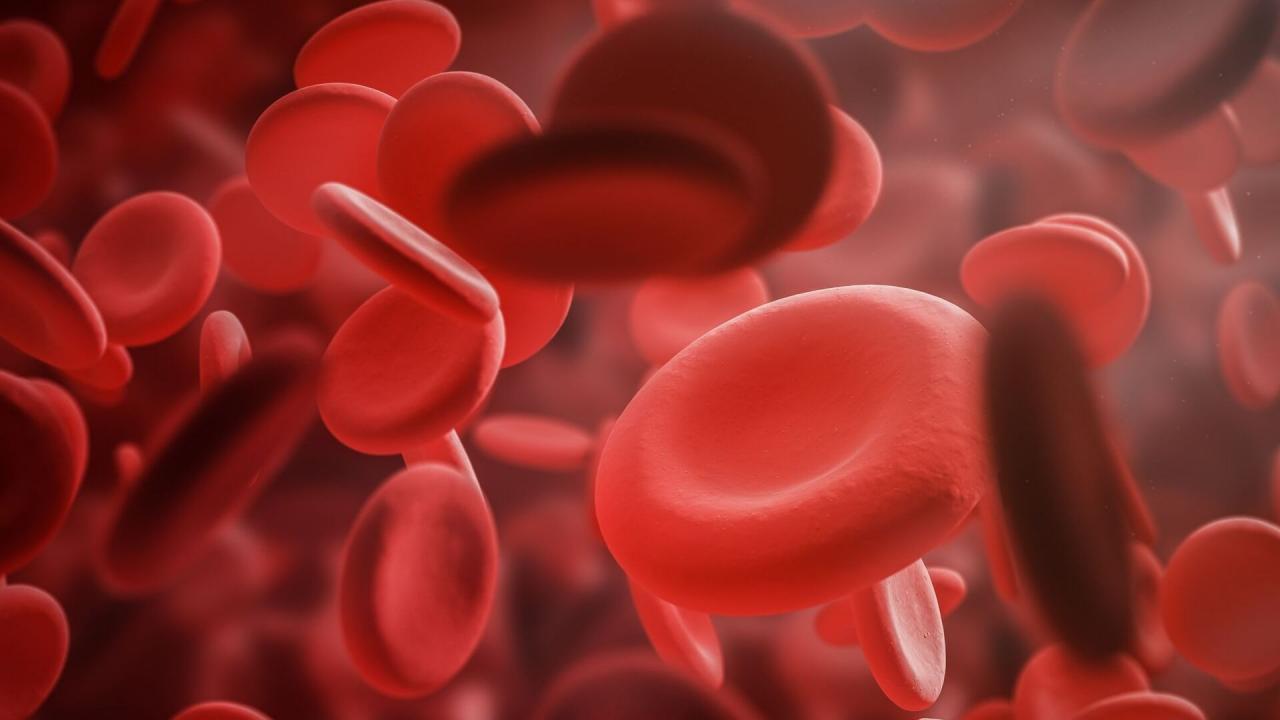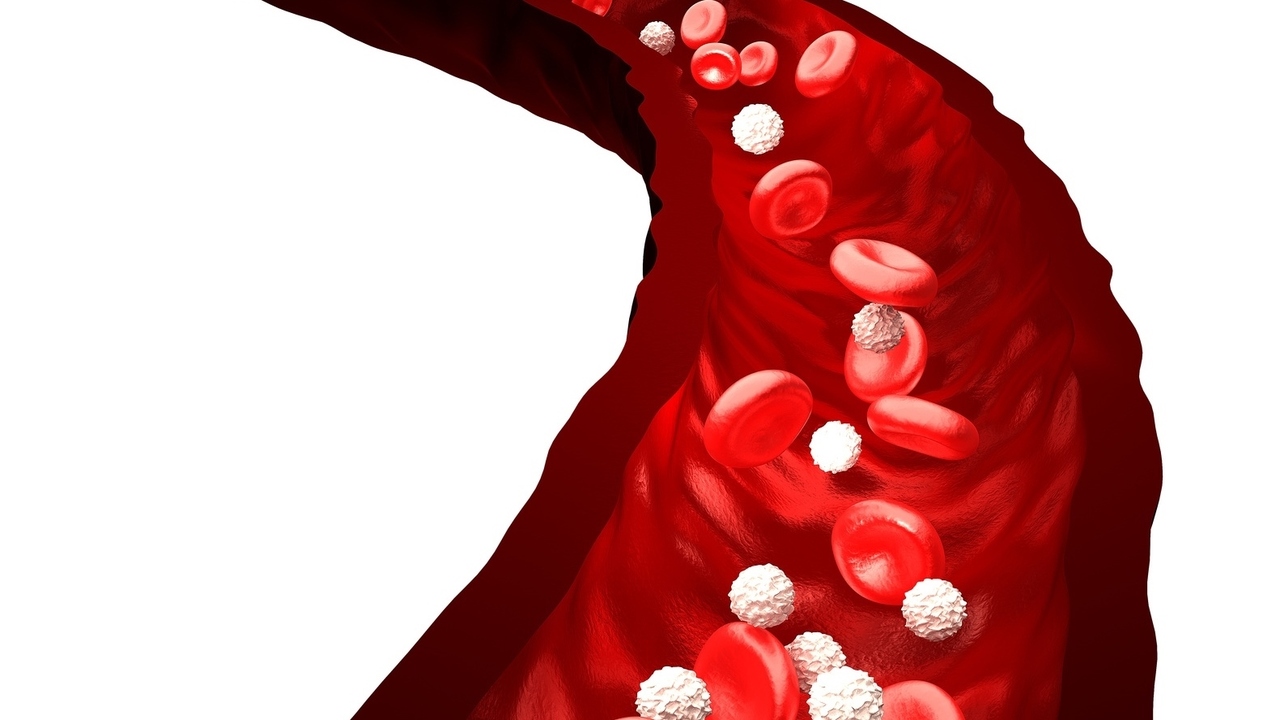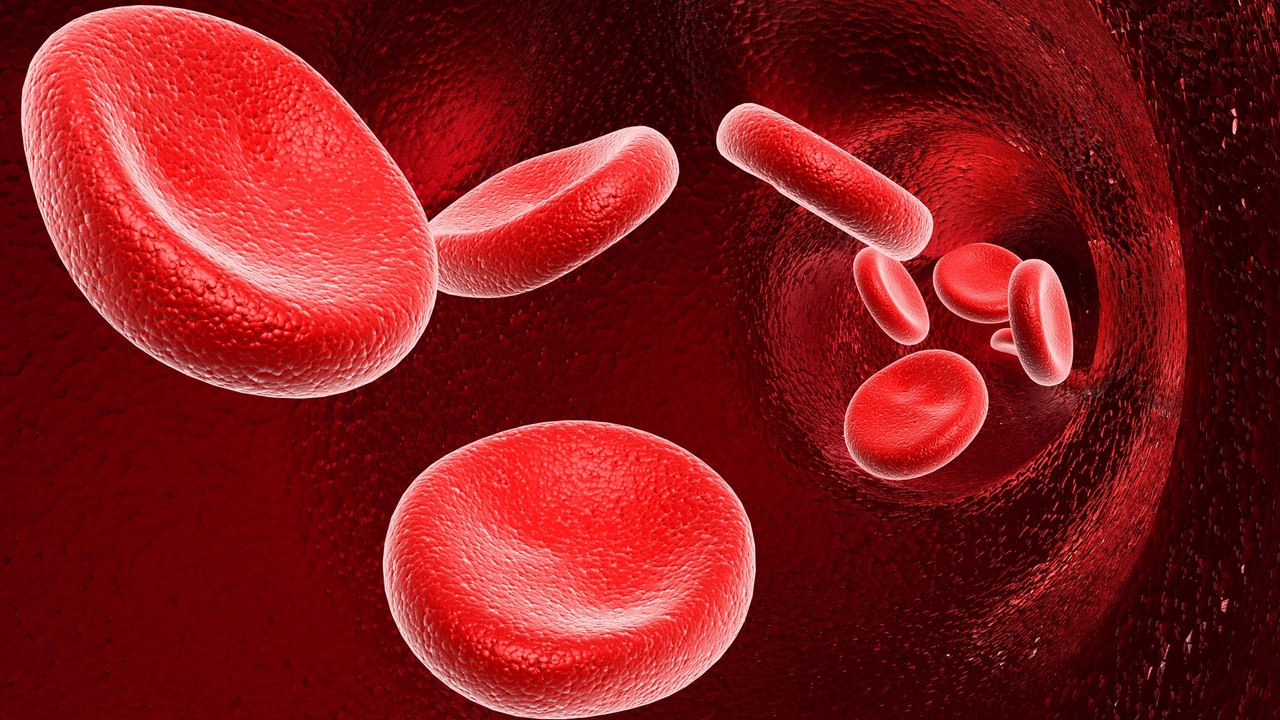 Photo: Getty Images
Photo: Getty Images
While there are numerous types of hemophilia, the most common type is hemophilia A. Also referred to as factor VIII deficiency hemophilia, or simply “classic” hemophilia, hemophilia A is a blood disorder where the ability to form blood clots is either missing or severely limited.
As a result, persons with hemophilia A will generally bleed much longer than the average person with normal clotting factors. In some instances where significant or traumatic injuries, such as those that might be suffered in an auto accident, could become life-threatening.
In this article, we’ll take a look at some of the facts about hemophilia A.
What causes hemophilia A?
Hemophilia A is caused by a gene mutation that is located on the X chromosome. Because it’s caused by a gene mutation, in most instances hemophilia A is inherited. This means that people with hemophilia A inherited the mutated gene which causes this disorder, from one of their parents.
However, this is not always the case. In about 30 percent of all hemophilia A cases, there is no known family history of hemophilia A. It these cases, it appears that the gene causing hemophilia A mutates on its own without any apparent or known underlying cause.
Tell me more about the gene mutation. How does that work?
To understand how the gene mutation that causes hemophilia A works, you need to think back to your high school biology class. Everyone has two sex chromosomes -- either XX or XY.
Men have both an X and a Y chromosome. They inherit the X chromosome from their mother and the Y chromosome from their father. Women, on the other hand, receive an X chromosome from both parents. So, the sex chromosomes for men are referred to as XY and XX for women.
The gene mutation that causes hemophilia A is located on the X chromosome. As a result, if a man has hemophilia A, the mutated gene is passed to his daughters who become carriers. This is true for all daughters of men who have hemophilia. On the other hand, none of his sons will have hemophilia.
Women who are carriers of the hemophilia A gene need to be aware that they can pass the gene mutation on to their children. This means that if a woman who is a carrier has a daughter, the daughter has a 50/50 chance of inheriting the gene and becoming a carrier. On the other hand, if a woman carrier has a son, he has a 50/50 chance of being born with hemophilia A.
Every pregnancy brings with it a 25 percent chance of having a son born with hemophilia. As a result, women who are carriers may want to consider genetic counseling before becoming pregnant.
Who is at risk?
Men are at a greater risk for hemophilia A than women. Annually, about one in every 5000 boys born in the United States alone will have hemophilia A. Other factors, such as ethnicity or economic status do not appear to play a factor in who inherits hemophilia A.
What are the symptoms?
Because they either have reduced or no clotting factor, persons with hemophilia A will bleed much longer than normal. This can make normal childhood bumps and bruises, sports injuries, surgery, and even dental procedures more dangerous for persons with hemophilia A because it is much more difficult to stop the bleeding and they tend to bleed much longer than normal.
Other common symptoms include spontaneous bleeding, nosebleeds, excessive bruising, blood in the urine, blood in the stool, bleeding in joints, or bleeding in the urinary tract or intestines.
Is hemophilia A the same for everyone?
No. Some people have very mild forms of hemophilia A while others may have more severe forms. The severity of the disorder depends upon how much clotting factor is -- or is not -- present. In a normal person, clotting factor VIII plasma levels range from 50 to 150 percent.
In general, mild, moderate, and severe hemophilia A is defined as follows:
Mild Hemophilia A: Possesses somewhere between 5 and 50 percent clotting factor; sometimes only diagnosed after severe injury, surgery, or other traumatic event; may not be diagnosed until adulthood.
Moderate Hemophilia A: Possesses somewhere between 1 and 5 percent clotting factor; may have spontaneous bleeding episodes or bleed after injuries; about 15 percent of all hemophilia patients have moderate hemophilia.
Severe Hemophilia A: Posseses less than 1 percent clotting factor; will bleed following injuries; may have spontaneous bleeding; may bleed in joints or muscles; occurs in about 60 percent of all hemophilia patients.
How is it treated?
There is no “cure” for hemophilia A. Persons with a mild form of hemophilia are generally able to apply pressure to normal cuts and then apply a bandage. Sometimes, they may use a drug called desmopressin acetate or DDAVP to help stop small bleeds.
People with more severe forms of hemophilia A may need to actually replace the missing clotting factor. This can be done with products made from human blood plasma or from recombinant factor which is made without human blood. Clotting factors treatments are generally delivered through intravenous infusion.
Sources:
Hemophilia A (Factor VIII Deficiency). National Hemophilia Foundation. http://www.hemophilia.org/NHFWeb/MainPgs/MainNHF.aspx?menuid=179&contentid=45&rptname=bleeding
David C. Dugdale III, M.D., James R. Mason, MD, and David Zieve, MD. Hemophilia A. MedlinePlus a service of the U.S. National Library of Medicine. 28 Mar 2010. http://www.nlm.nih.gov/medlineplus/ency/article/000538.htm
Reviewed December 22, 2011
by Michele Blacksberg RN
Edited by Jody Smith






Add a CommentComments
There are no comments yet. Be the first one and get the conversation started!